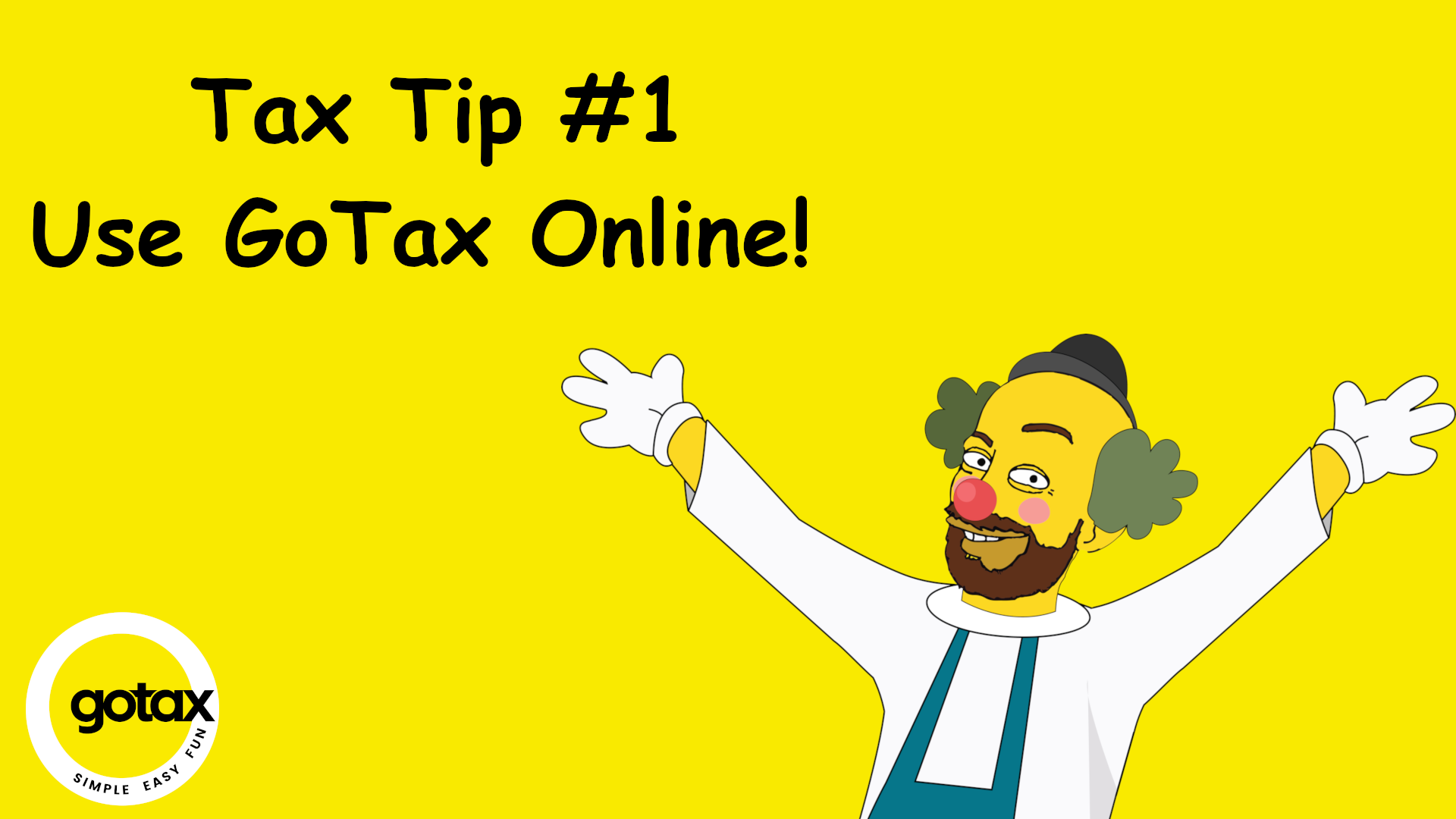July 3, 2024
How to Handle Capital Gains Tax on Investments Look out for the Traps
Understanding how Capital Gains Tax (CGT) works and being aware of common traps will help you manage your investments more effectively.
Index
- What is Capital Gains Tax (CGT)?
- Key Points to Consider
- Holding Period
- Cost Base Adjustments
- Offsetting Capital Gains with Losses
- Common Traps and How to Avoid Them
- Ignoring Record-Keeping
- Misunderstanding the CGT Discount
- Overlooking Reinvestment
- Forgetting to Offset Losses
- Not Considering Timing
- In Summary
What is Capital Gains Tax (CGT)?
Capital gains tax is the tax you pay on the profit from selling an asset, such as stocks, real estate, or other investments. The gain is the difference between the purchase price (cost base) and the selling price. CGT is only triggered when you sell the asset, not while you hold it.
Key Points to Consider
Holding Period
- Short-term vs. Long-term Gains: The length of time you hold an investment affects the CGT rate. Short-term gains (assets held for less than 12 months) are taxed at your ordinary income tax rate. Long-term gains (assets held for 12 months or more) may qualify for a CGT discount, typically 50% for individuals in Australia.
- Example: If you bought shares for $10,000 and sold them for $15,000 after 18 months, your capital gain is $5,000. With a 50% discount, only $2,500 is subject to CGT.
Cost Base Adjustments
- Additional Costs: Your cost base includes the purchase price plus any associated costs, such as brokerage fees, legal fees, and stamp duty.
- Example: If you bought shares for $10,000 and paid $500 in brokerage fees, your cost base is $10,500. If you sell the shares for $15,000, your capital gain is $4,500 ($15,000 - $10,500).
Offsetting Capital Gains with Losses
- Capital Losses: You can offset capital gains with capital losses from other investments. If your losses exceed your gains, you can carry forward the excess losses to future years.
- Example: If you made a $5,000 gain on one investment but a $3,000 loss on another, your net capital gain is $2,000.
Common Traps and How to Avoid Them
Ignoring Record-Keeping
- Trap: Failing to keep detailed records of your transactions can lead to inaccurate CGT calculations and potential penalties.
- Solution: Maintain thorough records of purchase and sale dates, prices, and associated costs. Use a spreadsheet or financial software to track your investments.
Misunderstanding the CGT Discount
- Trap: Selling an asset just before the 12-month mark can result in a higher tax rate.
- Solution: Plan your sales to ensure you qualify for the long-term CGT discount. If you're close to the 12-month mark, consider holding the asset a bit longer.
Overlooking Reinvestment
- Trap: Reinvesting dividends or distributions without accounting for them can complicate CGT calculations.
- Solution: Keep track of reinvested amounts and adjust your cost base accordingly.
- Example: If you received $1,000 in dividends and reinvested them, add this amount to your cost base.
Forgetting to Offset Losses
- Trap: Not using capital losses to offset gains can result in paying more tax than necessary.
- Solution: Review your portfolio regularly and strategically sell underperforming assets to realize losses that can offset gains.
Not Considering Timing
- Trap: Selling assets in a high-income year can push you into a higher tax bracket.
- Solution: Plan asset sales in a year when your income is lower to minimize the tax impact.
In Summary
Handling capital gains tax on investments requires careful planning and record-keeping. By understanding the basics of CGT, being aware of common traps, and strategically managing your investments, you can minimise your tax liability and maximise your returns. Always consider consulting with a Gotax tax advisor to tailor strategies to your specific circumstances and ensure compliance with tax laws.






Leave a Comment